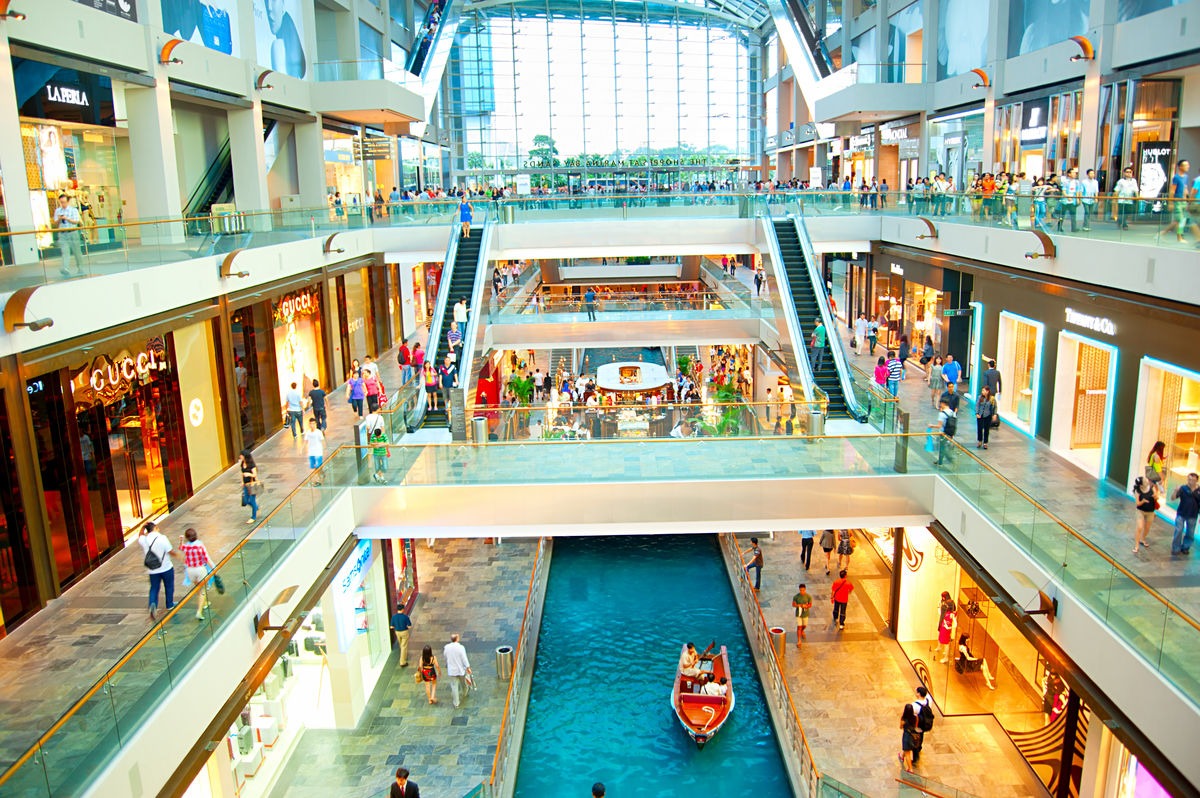The face of Indian Retail sector has transformed dramatically in the past decade with an evident shift towards “organized retailing”. From the traditional town fairs, street-hawkers to stunning malls and plush outlets are mounting at an amazing pace.
The Indian retail industry is stated as one of the fastest growing industry in the world. The overall size of Indian retail market in India is estimated to be USD 540 billion and is expected to grow to USD 1.3 trillion by 2020 with a Compound Annual Growth Rate (CAGR) of 16.7 per cent over FY15-FY20. India has come off as the fifth preferred retail destination in the world. The retail development is not just limited to the metro cities like Gurgaon, Noida, Mumbai, Bangalore, but also the Tier-II and Tier-III cities in India have welcomed the change in the retail sector.
The Strong economic growth, increasing disposable incomes, changing demographic profile, urbanization, changing consumer preferences are the other factors driving growth in the organized retail market in India.
The energetic involvement from domestic players as well as global retailers has given the much required boost to Indian retail industry. Moreover, the price competitiveness of the Indian retail industry attracts large retail players to use it as a sourcing base.
Major Private Players have ventured into this retail arena and have plans for further market penetration in the tier II cities and towns of India through expansion across various verticals and formats. The companies like Tata, Reliance, Aditya Birla, Future group etc. have invested substantially in the flourishing Indian retail sector. Some of the global players like Walmart, JC Penney and Tesco are planning to expand their base in India by moving from third-party buying offices to establishing their own “wholly-managed” offices.
Online retail has also contributed to the strong growth India’s retail sector. The online retail market is expected to grow from USD 6 billion at present to USD 70 billion by 2020. The trend of e-commerce is spreading at a faster pace in the country and is creating the biggest revolution in the retail industry. Consumers are happy to have the ever increasing choice of products at the lowest rates.
The Drivers for Organized Retailing:
Demand Factors
- The growing percentage of youth segment and working women population
- Rise in the income level leading to increasing purchasing power of the individual
- High brand consciousness level with growing urbanization
- Increasing internet penetration level
Supply Factors
- Rapid real estate infrastructure development
- Easier accessibility to credit
- Growing interest of investors
- Increased efficiency due to development in the supply chain
Both organized and unorganized retail companies have to work together to ensure better prospects for the overall retail industry, while generating new benefits for their customers.
Image source: www.forumsintra.com




